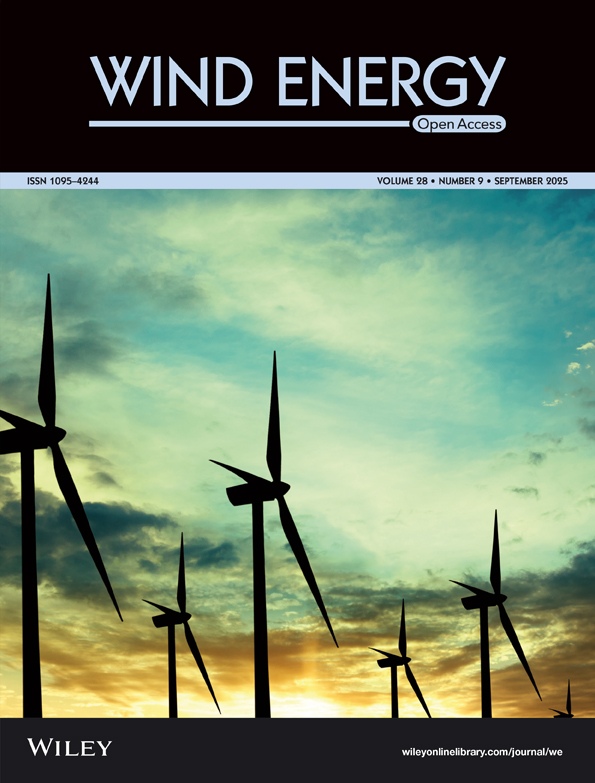Validation of wind speed prediction methods at offshore sites
Abstract
As ever more offshore sites are being investigated for the installation of wind farms, there is a need for accurate estimates of the long-term mean wind speeds at these sites. The cost of installing masts at offshore sites is high compared with onshore sites. In the short term this cost may be difficult to avoid. However, if a developer could get an estimate of the expected long-term mean wind speed at a potential offshore site using available onshore data sets, this could at least inform the choice of site for more advanced monitoring. With this in mind we present the results of using a number of simple standard analyses to infer the wind speed at three UK offshore masts and a mast and lighthouse off the coast of Ireland. Onshore surface wind measurements, upper air measurements, numerical weather prediction model output pressure data on a regular grid, wind speed output from two numerical weather prediction models and reanalysis data are transformed to the sites of interest using relatively simple methods neglecting the effect of topography or a roughness change-induced internal boundary layer and assuming neutral atmospheric stability. The predicted wind speeds are compared with actual measurements at the offshore masts and any discrepancies are assessed and discussed. Copyright © 2005 John Wiley & Sons, Ltd.




